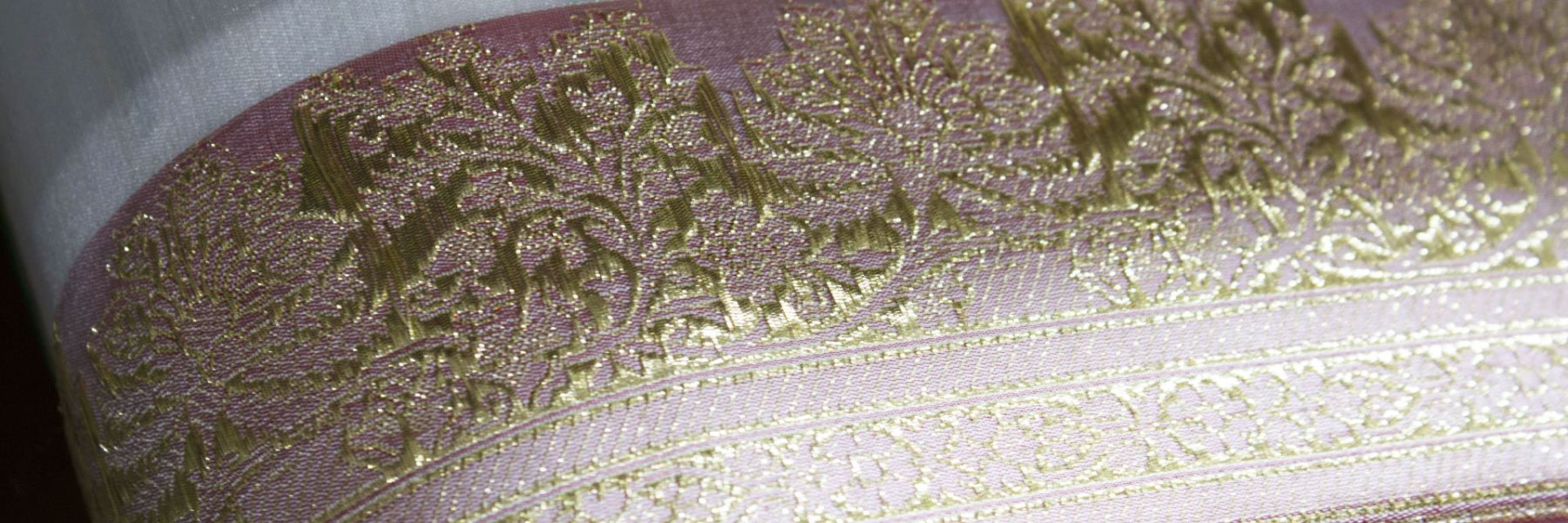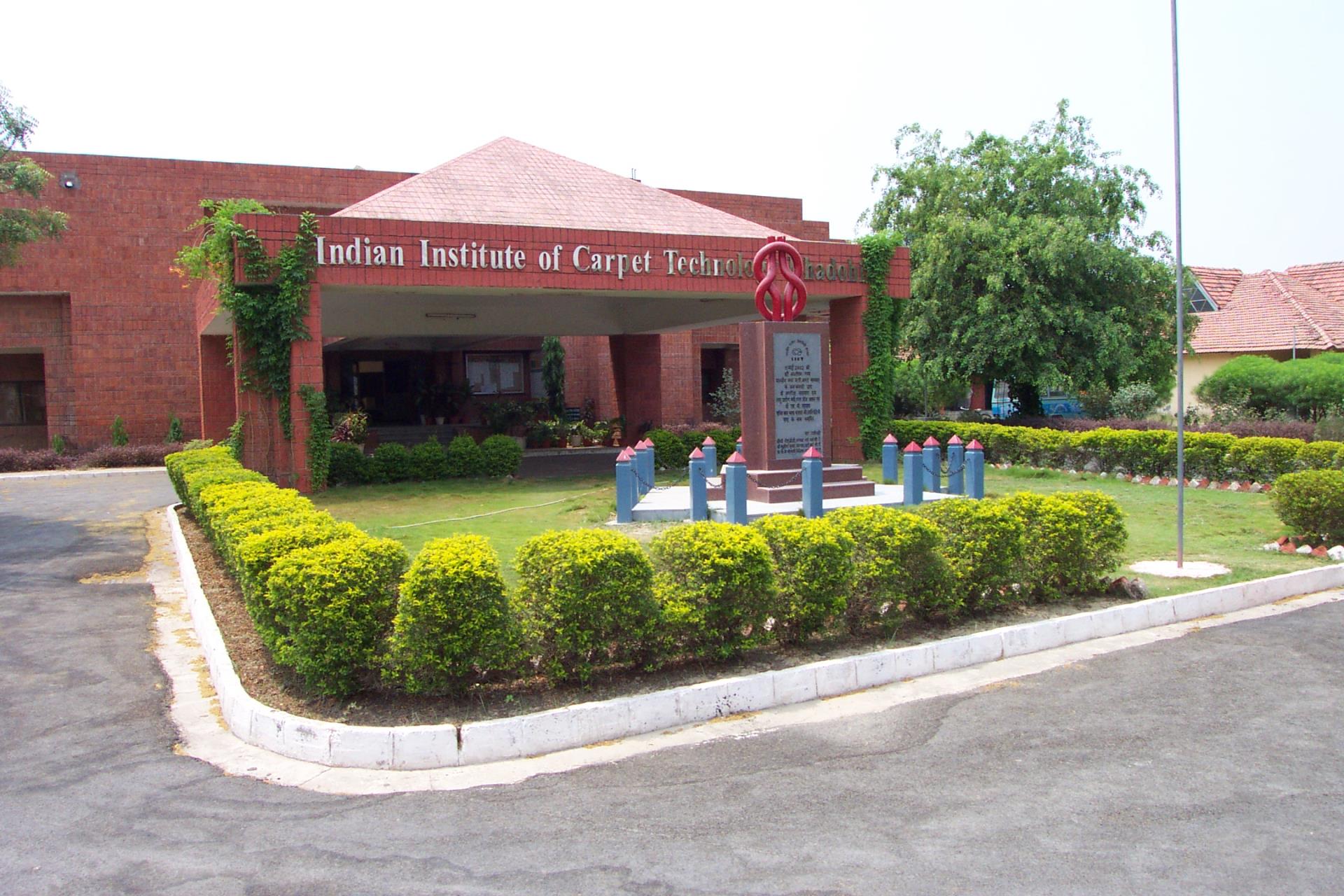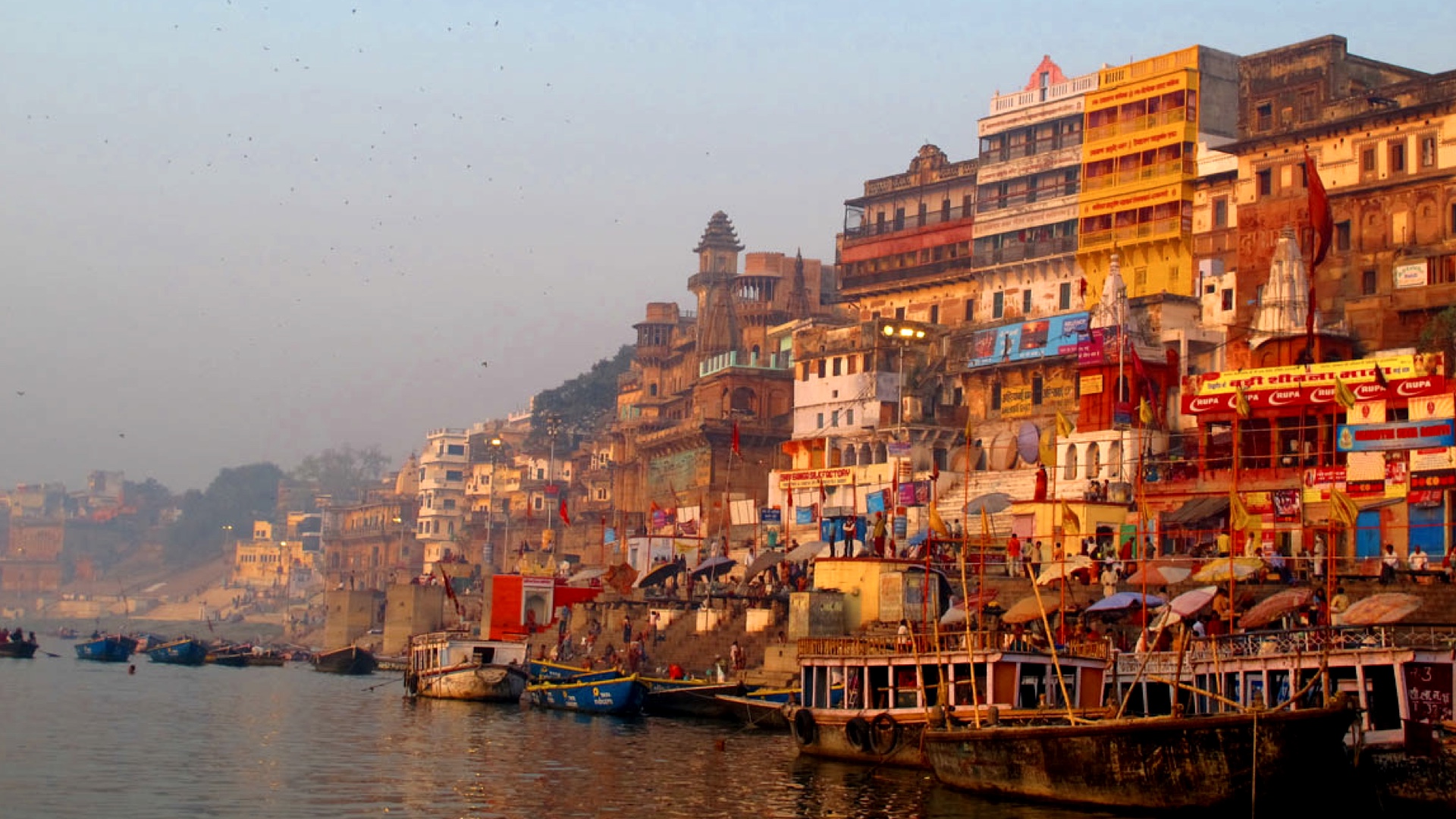
Sorry, we couldn't find anything that matches your search.
Destination

Famous Places to Explore in Hyderabad
A vibrant city with the imposing...

Raipur Tourist Places | Best Place to Visit
The stronghold of several erstwhile...

Ahmedabad
Declared as India's first UNESCO World...
#
Varanasi is a major handicraft and textile centre renowned for its fine craftsmanship. Banarasi sarees, which are traditionally woven in Varanasi, are among the finest, most well-crafted sarees in India. They are known for their fine quality of silk and opulent zari (gold and silver brocade) woven patterns depicting floral motifs.
Banarasi sarees have a long association with Indian history and have been mentioned in the epic Mahabharata as well as some Buddhist scriptures. Originally, they were the attire of royalty and were crafted from real silver and gold threads. They were made in almost as long as a year. Though the art of making these sarees has been practised in India since time immemorial, it was Mughal emperor Akbar who gave the Benarasi saree its shot to fame. Owing to his love for finer and luxurious things, he had many of his wives dressed in rich silk sarees with zari work that are popularly referred to as Banarasi sarees. He even had carpets and wall hangings made from Banarasi silk and hung them all over his palace.
The process of crafting a Banarasi saree is an intricate and time-consuming one. Firstly, metal strips are drawn from gold alloys and then flattened using machines. Then, they are passed through a brightener to increase their sheen. Later on, these threads are used to create motifs on the silk sarees that are dyed in various colours. The designs to be put on a saree are created on paper i.e. they are literally punched into the paper and resemble a Braille script. Hundreds of such patterns (naksha patras) are created for one saree. These patras can be floral motifs or jali work. The sarees can take from 15 days to a month to be made. In some cases, they also take as long as six months.
Banarasi sarees come in a host of colours and beautiful motifs. During the Mughal era, the motifs were usually of Islamic style, inspired by floral patters, leaves and the use of jali work, traces of which can also be found in their architectural legacy. Even the Taj Mahal has similar motifs, and it is said that these motifs were an attempt to recreate the effect of paradise (jannat). However, during the British era, the motifs diversified into geometrical patterns. Today, images of Hindu gods are also embossed on the sarees, cushion-covers and wall-hangings.








